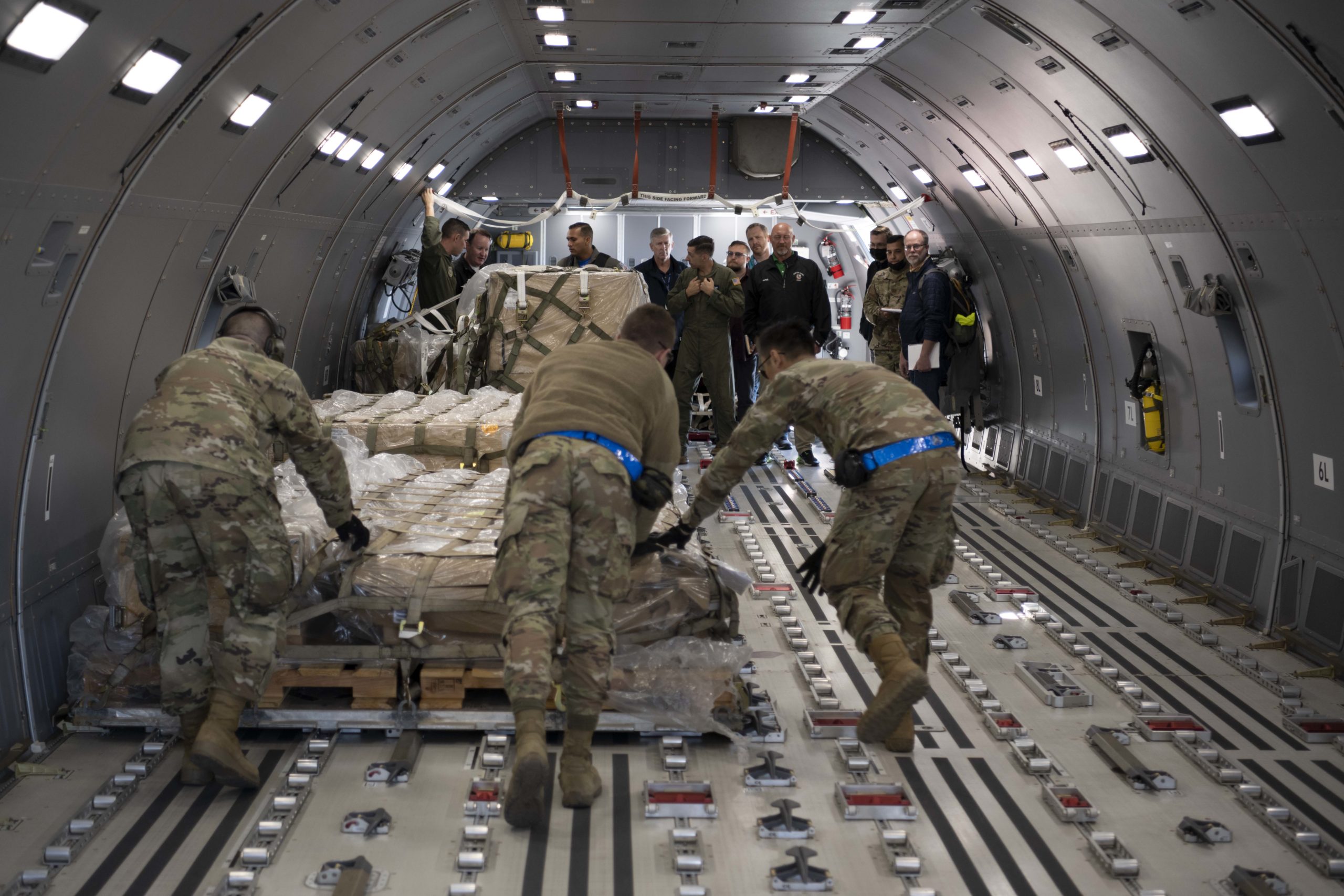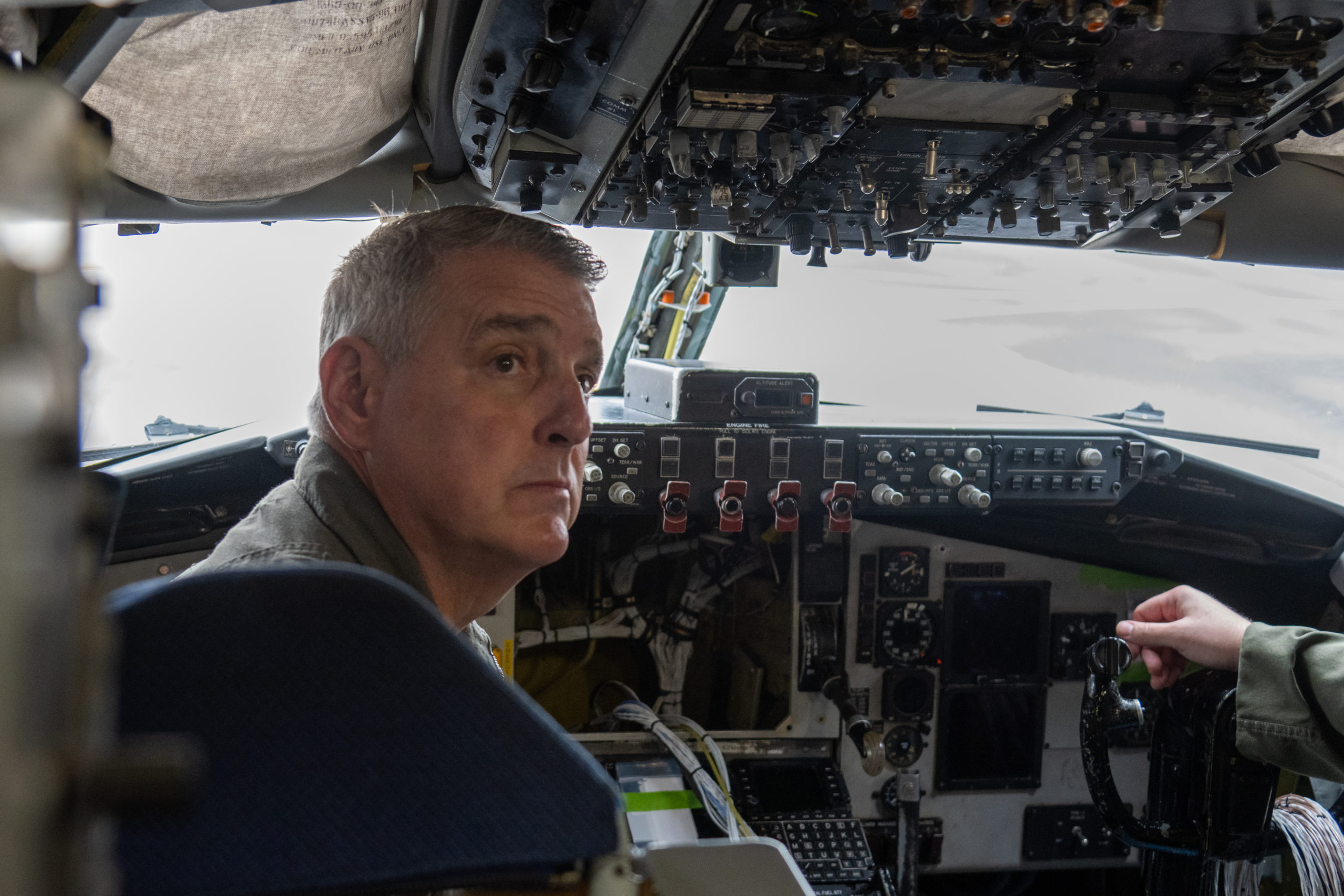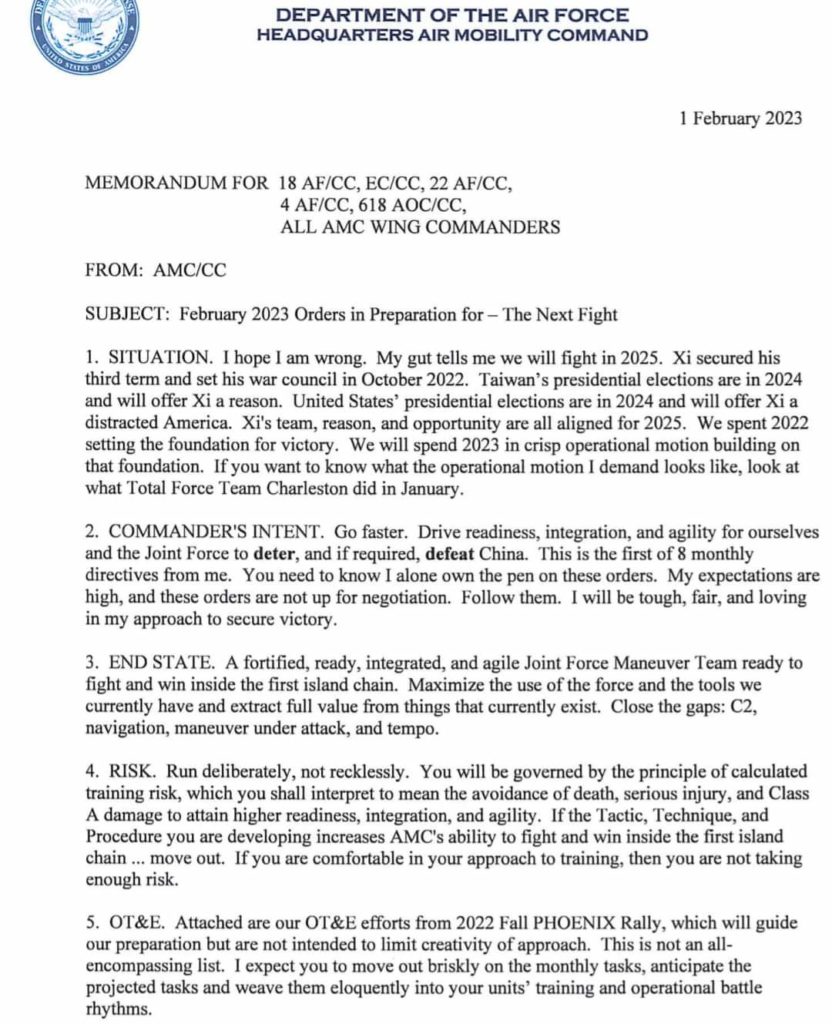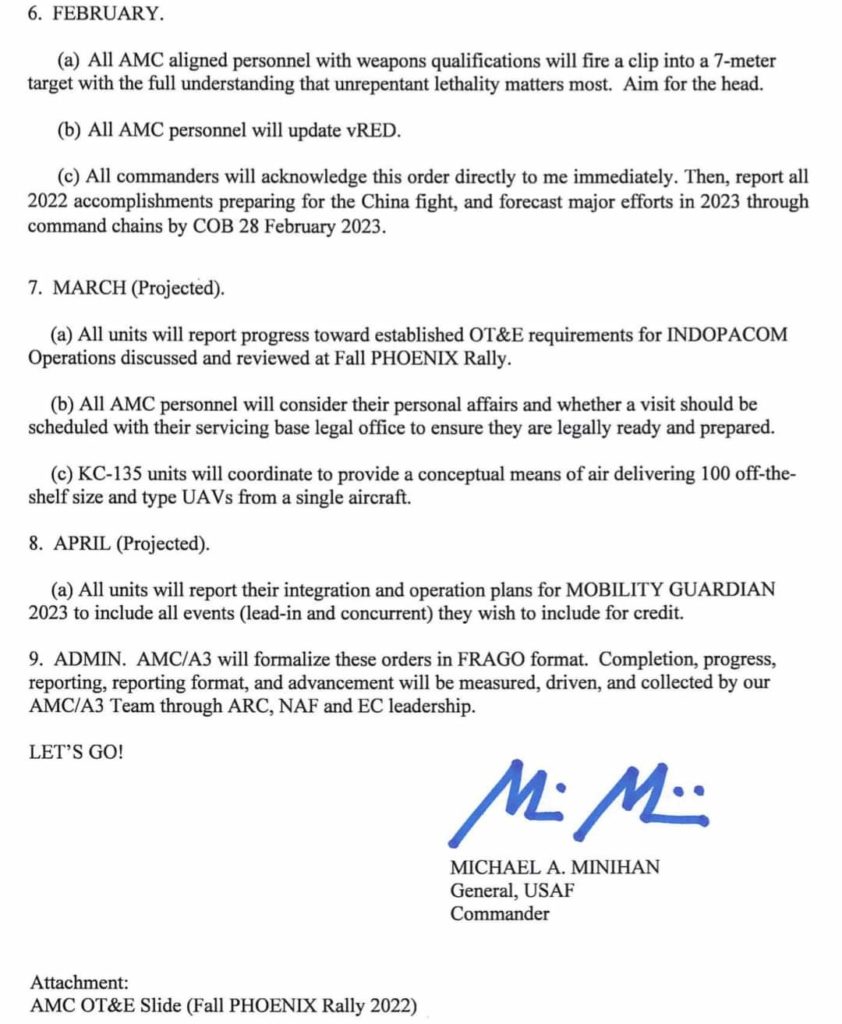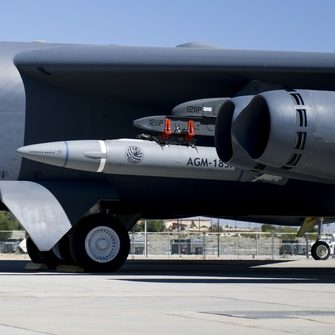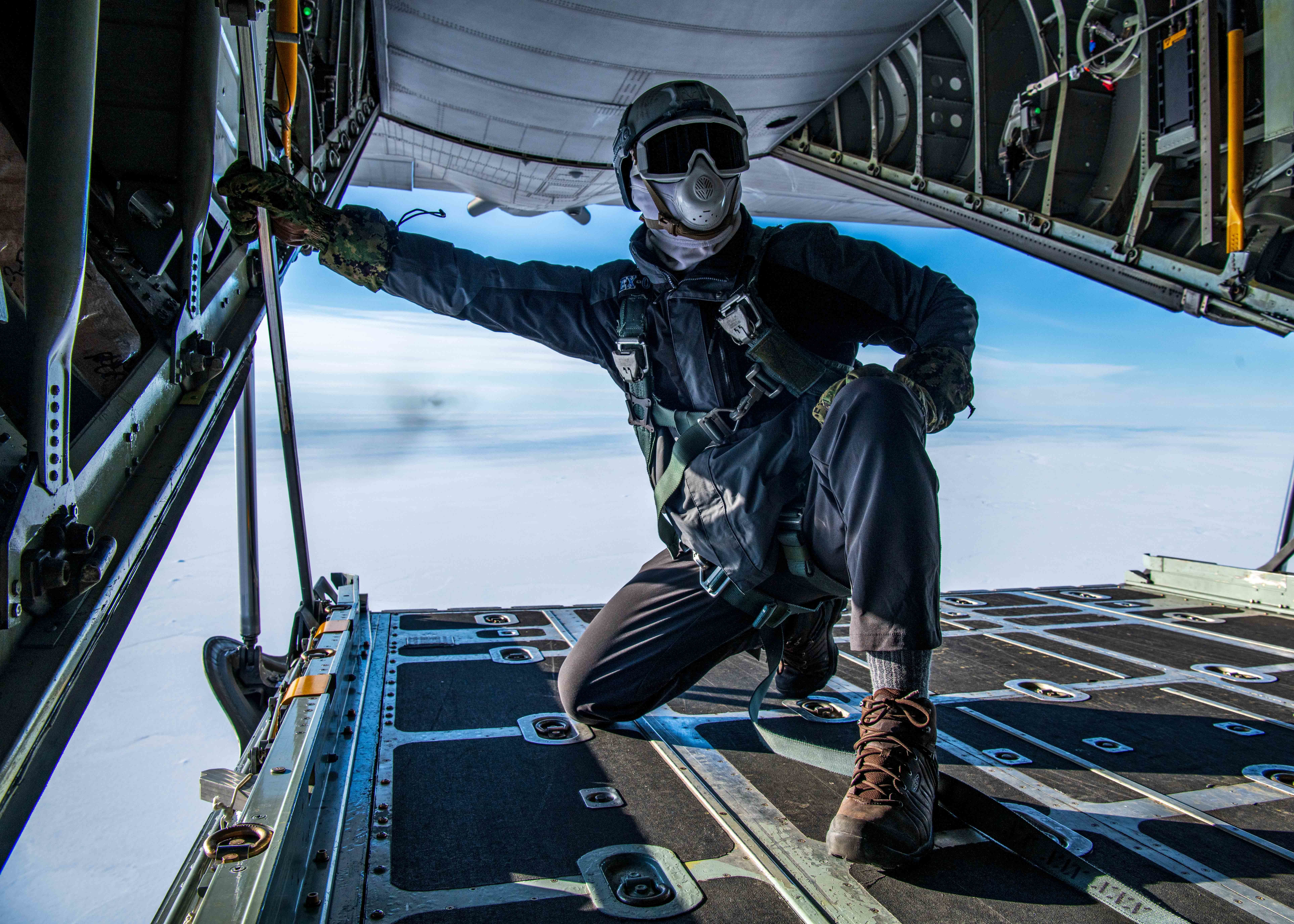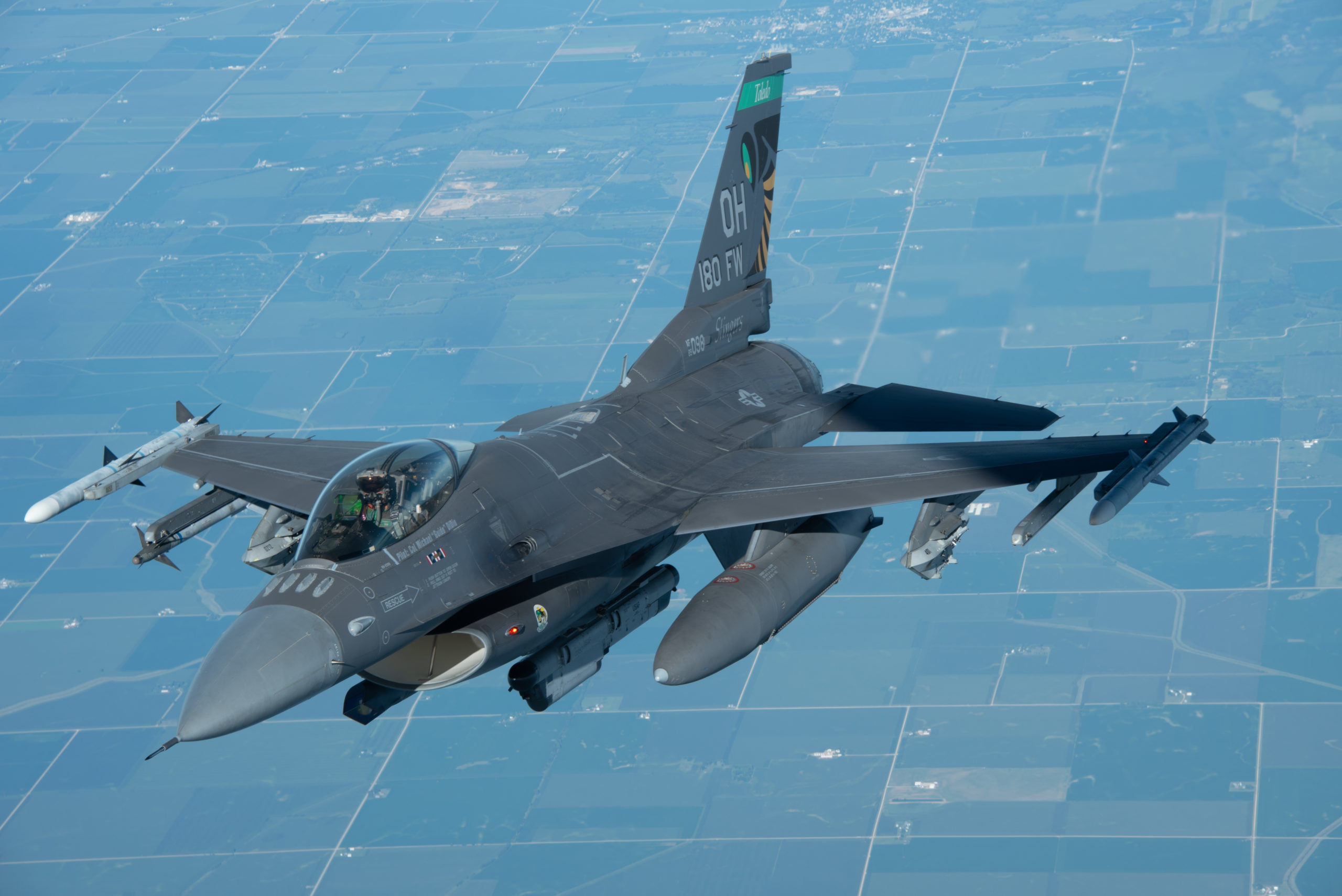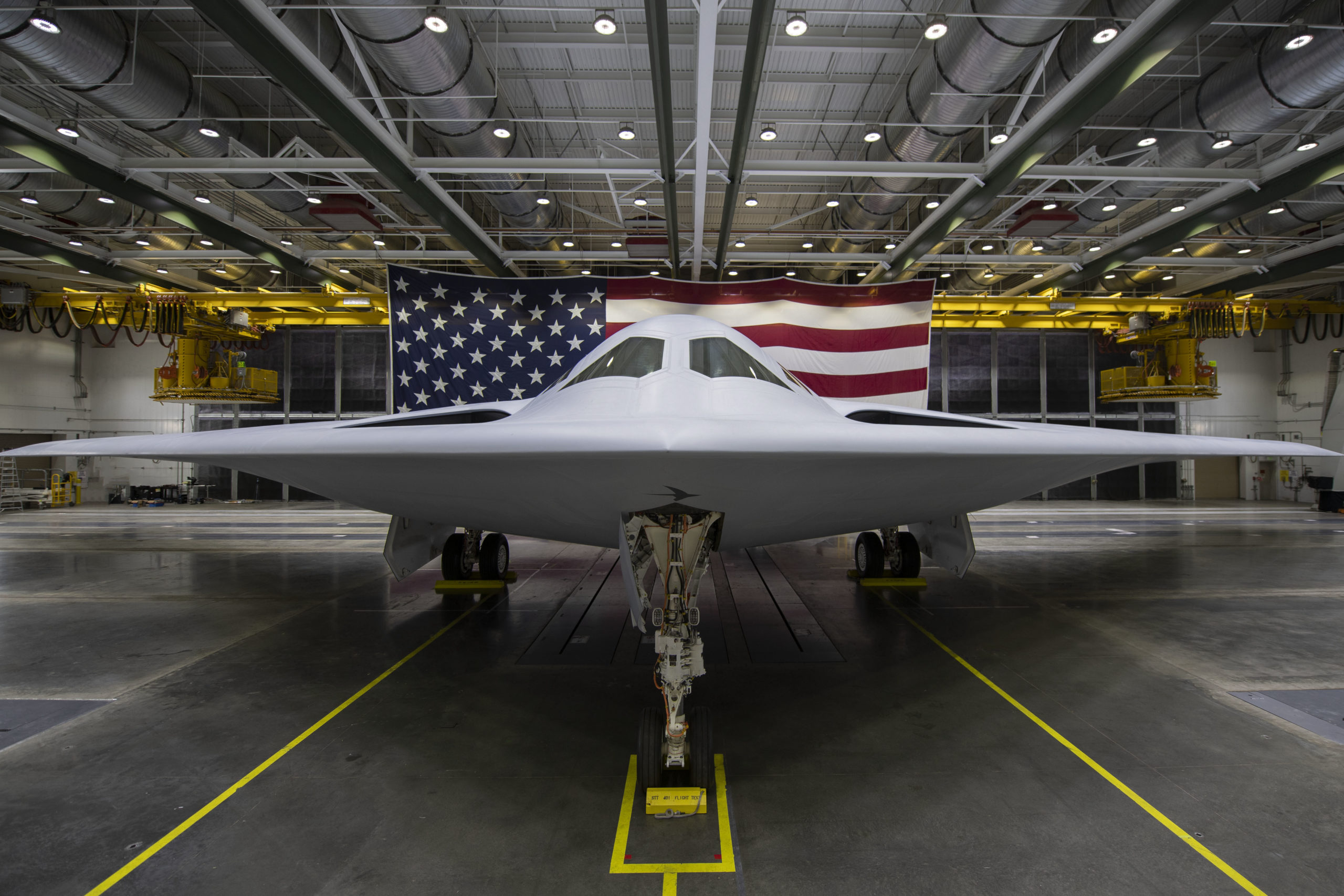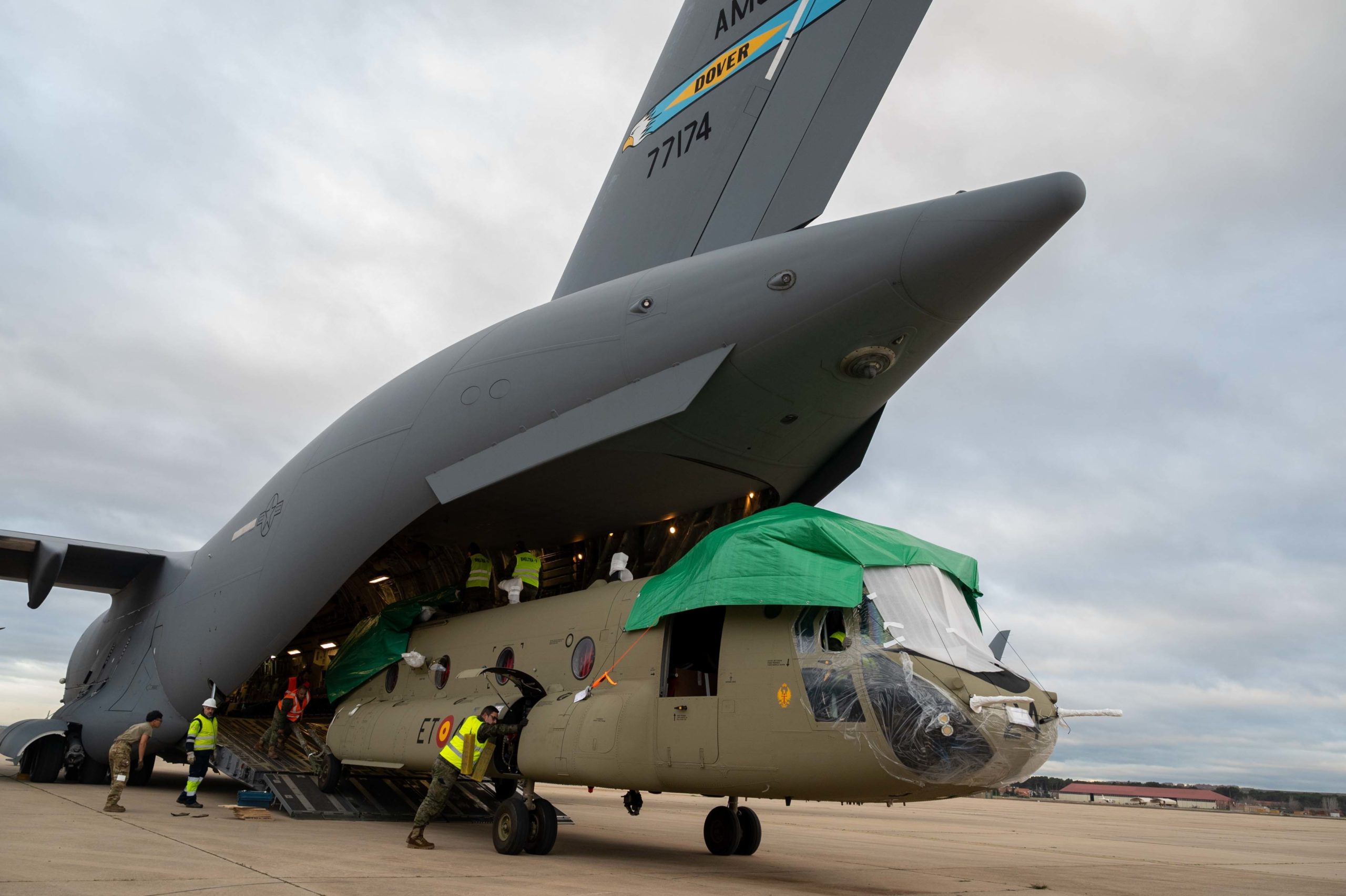The Air Force awarded Boeing a $2.2 billion contract for 15 KC-46 tankers, the ninth lot of the aerial refuelers, just days after the Air Force Life Cycle Management Center acknowledged a previously undisclosed deficiency with the aircraft.
The latest purchase order is roughly the same as the Lot 8 order from Aug. 31, 2022. The number of aircraft is the same, but the cost slightly increased. Work on the 15 jet aircraft is expected to be completed in 2026.
The KC-46 Pegasus has suffered a stream of deficiencies since its introduction, including ongoing issues with its over-stiff boom and the remote vision system for boom operators. But the latest deficiency has nothing to do with aerial refueling; instead, the ding is for insufficient documentation for loading cargo on the jets.
The Defense Department’s Office of the Director, Operational Test and Evaluation, disclosed the latest problem in its annual report, which noted that the Air Force Operational Test and Evaluation Center had determined that several “individual cargo-related deficiencies merited generation of a Category I emergency deficiency report against overall KC-46A cargo operations capability.”
An Air Force Life Cycle Management Center spokesperson, responding to questions from Air & Space Forces Magazine, acknowledged the deficiency, but said it had been downgraded to a Category II deficiency in November 2022. The command did not indicate if that was based on progress toward its resolution or simply a judgment call.
The problems are related to five issues:
- Complex, unorganized cargo loading guidance
- Non-standard cargo limitations, causing aircrew confusion and requirement of onboard cargo inspections
- Restrictions regarding the cargo barrier net can prohibit loading sufficient, or any, cargo if the forward-most cargo does not meet requirements
- Problems with the Automated Performance Tool software used to calculate aircraft weight and balance can increase loadmaster workload and require complex manual calculations, introducing potential human error
- Aerial port operational restrictions caused by inadequate technical guidance increase workload for loading personnel and loading times, driving KC-46A incompatibilities within the Defense Transportation System
The Air Force defines Category I deficiencies as those which prevent “the accomplishment of an essential capability or critically restricts [operational safety, suitability, and effectiveness],” with no known workaround. By contrast, a Category II deficiency is one “which adversely affects an essential capability or negatively impacts operational safety, suitability, or effectiveness,” but can be overcome by “significant compensation or acceptable workaround.”
According to Air Force policy, a program manager can downgrade a submitted deficiency report provided there is agreement with the test director of the operational test agency, in this case AFOTEC. Asked if AFLCMC followed this procedure and coordinated with AFOTEC, neither agency responded.
The AFLCMC spokesman did say that “the estimated completion date for the solutions to close the DR is [the third quarter of fiscal year 2023],” putting it between April and June. No further details were offered. Boeing also did not immediately reply to a request for comment.
The Air Force has officially recorded nine Category I deficiencies with the KC-46, most of which officially remain open. Boeing executives told reporters in December that some of those open deficiencies are formalities at this stage, the result of infrequent meetings of the KC-46 deficiency board.
The issues that led to this latest deficiency report are unrelated to the cargo lock problem that barred the KC-46 from carrying cargo or passengers for three months in 2019. That problem, which was solved and closed out in December 2019, required changes to the cargo pallet locks, which until then, had sometimes come unlocked in flight.
The most prominent Category I deficiencies, however, remain months, if not years, away from being resolved, most prominently the troubled Remote Vision System, an array of cameras and screens the boom operator uses to connect and refuel other aircraft. The current setup can result in “whiteouts” or “blackouts” for the boom operator in certain lighting conditions, heightening the risk of the boom accidentally scraping a receiver aircraft. That is particularly troublesome for aircraft with stealth coatings like the F-35 fighter or B-2 bomber.
Another key deficiency that remains unresolved is a “stiff” boom—some receiver aircraft, particularly the A-10, cannot maintain the thrust against the boom necessary to keep it engaged. As a result, the KC-46 is still not cleared to refuel A-10s.
The rest of the Category I deficiencies are classified as “product quality,” and primarily related to cracks or leaks. Boeing is working on the issues.
Boeing has delivered more than 60 KC-46s to date, with a planned buy of 179 over the life of the program. The Air Force has also considered increasing that number rather than acquiring a so-called KC-Y in the future.
